The Benefits of Going Beyond the Minimum CPD Requirement

Author: Fiona Amamoh, Professional Standards Coordinator, CPHR Alberta
CPHR Alberta has a requirement for all Chartered Members to complete Continuing Professional Development (CPD) each year. Why have the CPD requirement? The importance of ongoing learning in a professional environment cannot be stated enough. HR is constantly challenged with changing legislation, social movements and new trends in how work is carried out. Simply focusing on day-to-day work without upgrading skills is not enough to be the best HR professional you can be. The goal of professional development as a CPHR designate is to ensure you are adapting to change and innovation as needed to carry out your HR functions.
The annual requirement for CPD is only a minimum of 10 hours. Bear in mind, there isn’t a maximum number of hours per year. The more you can do each year, the better! In a 3-year period, CPHR members must have 60 CPD hours to maintain their designation. Therefore, submitting the minimum every year may result in not meeting the 60-hour requirement for the 3 years. The recommendation is to go beyond the minimum each year if you can.
How can you gain CPD hours?
There are a variety of ways to meet the CPD requirement.
When people think of CPD, they often only think of the Learning category, in the traditional sense of PD. However, there are other categories in which you can gain CPD hours including:
- Community Involvement
- Leadership and Research
- Professional Practice
These additional categories encourage CPHR members to broaden their scope of knowledge through various activities and to think beyond the usual ways of gaining professional development. CPHR designated members should think about alternative ways to gain CPD hours including work projects, volunteering in their community, or doing research.
It’s important to note that CPD activities do not need to be paid for. For example, under Learning, we offer a self-directed learning subcategory. Any HR or business-related book, article, podcast, or magazine you read can qualify for a maximum of 5 hours each year. Have you read the HR insider? Record that as self-directed learning. If you attend a webinar, seminar, or conference in HR, these will count as CPD hours. Do you volunteer? Being an active member in your community is important. As a CPHR designate, volunteering in any capacity with a non-for-profit organization in your community counts toward your CPD requirement. Do you like writing? Writing articles or blogs for CPHR Alberta can help you reach your CPD minimum as well.
The deadline to submit your CPD log is December 31st each year . It is important to track your time as you go. Work can get busy; life commitments need our attention so if you wait till December to upload your activities, you may miss the deadline. Having all your hours ready to go makes it easier to submit at the end of the year. Having the hours in your portal can also help you track how many more hours you need to meet the 60-hour requirement and plan accordingly. Login to your portal today and record everything you’ve completed already this year and make submitting your CPD log on time super simple.
The views and opinions expressed in this blog post belong solely to the original author(s) and do not necessarily represent the views and opinions of CPHR Alberta.





